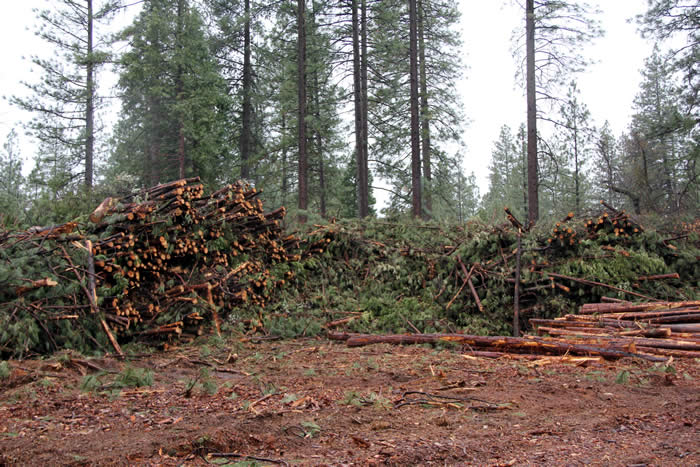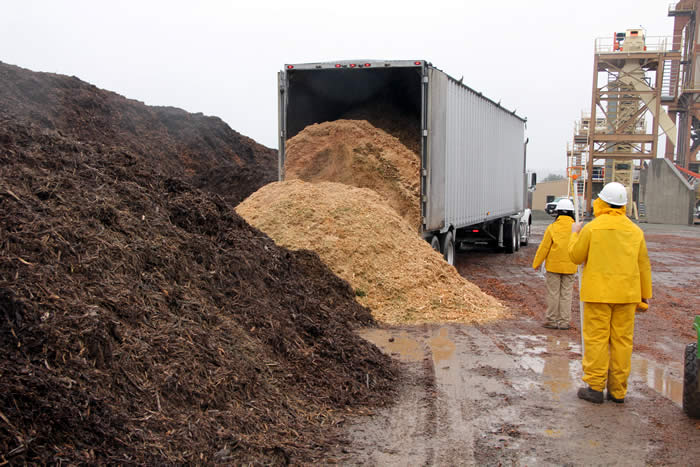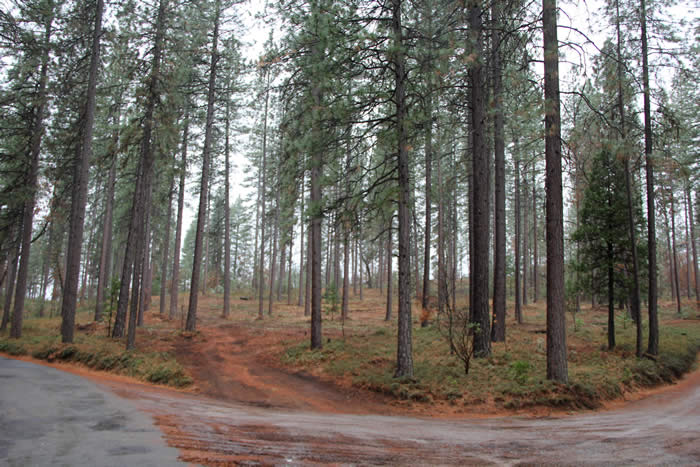California Stewardship Contracting
The BLM California's stewardship contracting objectives are removing vegetation to promote healthy forest stands, reduce fuel hazards, and/or achieve other land management objectives; restore and maintain wildlife habitat; restoring and maintaining healthy watersheds; controlling noxious and exotic weeds and reestablishing native plant communities; and improving road and trail maintenance to improve water quality and fish habitat.
Featured Project
Fuels treatment reduces fire danger, helps local economy
A fire fuels treatment demonstration project in Calaveras County by the Bureau of Land Management's Mother Lode Field Office has helped reduce fire danger while supporting the local economy.

Trees and brush were thinned on 157 acres near the town of West Point using local contractors, including Native American crews. The project, done under a stewardship contract, generated approximately 5,000 tons of biomass and 160,000 board feet of timber.
Logs went to the Sierra Pacific Industries mill in Sonora, while biomass went to the Buena Vista biomass plant at Ione.
The biomass plant, with 20 employees at full operation, was originally put into service burning natural gas, then switched to biomass. In addition to forest waste, the plant will burn walnut shells, tree prunings and other farm waste.

The Lily Gap project is one of the first developed through the Amador - Calaveras Consensus Group - a group of two dozen agencies, local jurisdictions, and non-governmental organizations that are working together to resolve natural resource and economic issues in central Calaveras and Amador counties.

The focal area of this region, centered on the four Calaveras towns of West Point, Glencoe, Wilseyville and Railroad Flat, suffers from nearly 20 percent unemployment, and its towns and ranchettes are surrounded by BLM and Forest Service lands in need of significant fuels reduction work. ACCG's goal is to bring jobs to this economically depressed area and reduce fire danger.
